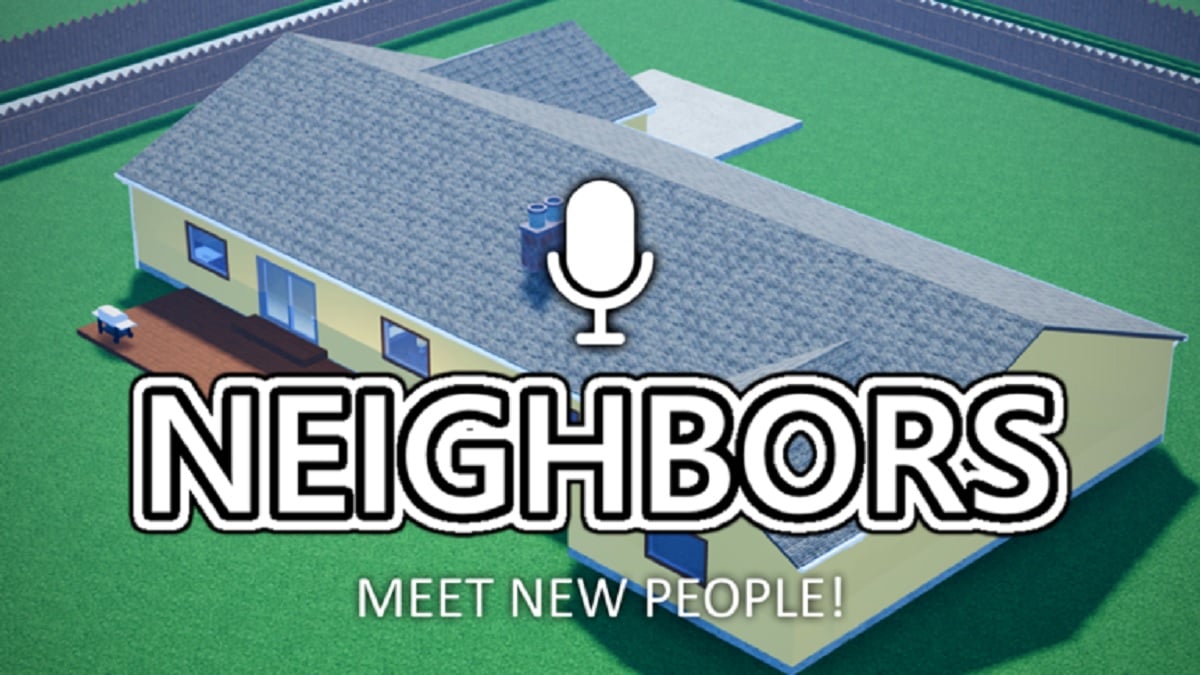Playing Grimind was a lot like having a rapid series of mood swings in my adolescent days; shifting rapidly between frustration, mild terror, smug confidence, and everything in between. It doesn’t always make for a good experience, however Grimind managed not to piss me off too much and overwrite its enjoyability.

Grimind is a horror game platformer developed solo by Pawel Mogila, and it shows (we’ll get to that in a minute). Advertised as an action-platformer with a horror theme, it plays its hand quickly. Right from the beginning, the game opens with text lifted directly from the jewel case of Doom III: ‘Turn down the lights, turn up the sound, and enjoy [etc].’ While not copied verbatim, it’s clear the primary intended reaction to Grimind is fear.

And it is indeed scary. The player and the main character, a little… thing… both have no hint, clue, or idea what is going on. They are simply alone in a completely unknown environment with seemly no way out and the sounds of eating, sobbing, and crackling fires the only companions. This changes when the monsters come out, of course.
It’s hard to think of black squares with smaller red squares for eyes as scary, but Grimind’s atmosphere does a fantastic job of combining the sounds, colors, and evil little critters into a package of scary, at least for the first few minutes of the game. The horror quickly takes the second fiddle as the first chair is occupied proudly by the puzzles.

Grimind is a platformer that favors puzzling over jumping. Some puzzles are very difficult, others very easy, and none are unsolvable. Whenever a game has puzzles I make a mental comparison against Lufia II: Rise of the Sinestrals for Super Nintendo (and not the atrocious DS remake), which had some of the hardest puzzles in gaming history. Grimind barely compares, but a couple of them give enough pause to merit some serious thought.
The controls and physics engine will prove to be the worst enemy of the player. Slippery and too-fliud, moving the character, the camera, and objects can be a major pain when trying to solve puzzles that require some finesse or dexterity. Gameplay is mostly handled with you as the character who can walk about, jump, and lift/throw objects. One segment (and easily the most frustrating) involves controlling a little wisp through obstacles. Both are subject to exacting perfection on the part of the player; near-misses and ties are always given to the environment, and some segments of the game are mind-numbingly annoying to pass.

For Grimind, however, thus endeth the majority of the negative bits. The game itself is indeed very enjoyable with the lights off and the sound up. A good measure of a horror game is if it gets the adrenaline pumping even just a little, and Grimind managed this several times. The moments almost come too few and far between so as to be blamed on bad pacing, but the story of the game and atmosphere pick up the slack.
The game itself is never quiet, despite the loneliness of the player’s situation. Gnawing, sobbing, and other sounds over a repetitive score get into the brain after awhile, and the darkness that pervades the game becomes more and more oppressive. The character spends the game talking aloud to himself frequently; commenting on obstacles, the general situation, and screaming despairing questions at the monsters that chase him.

And this is where the game gets that little kick over the lip of mediocrity. Despite the mucked-up typos and elementary language, the character’s discourse throughout the game in between chapters and during them ranges from deeply introspective to philosophically engaging to pleas for help. The ultimate range between hope and despair is explored throughout the journey, and it’s well worth the trip.
Grimind is no Amnesia. But it does have its fair share of good/scary times and is a decent puzzler for a gamer hoping to scratch their brain a bit.
Final Breakdown
[+Good puzzles] [+Scary] [+Excellent atmosphere] [-Frustrating physics] [-Pacing issues]













Updated: Jul 11, 2016 04:15 am